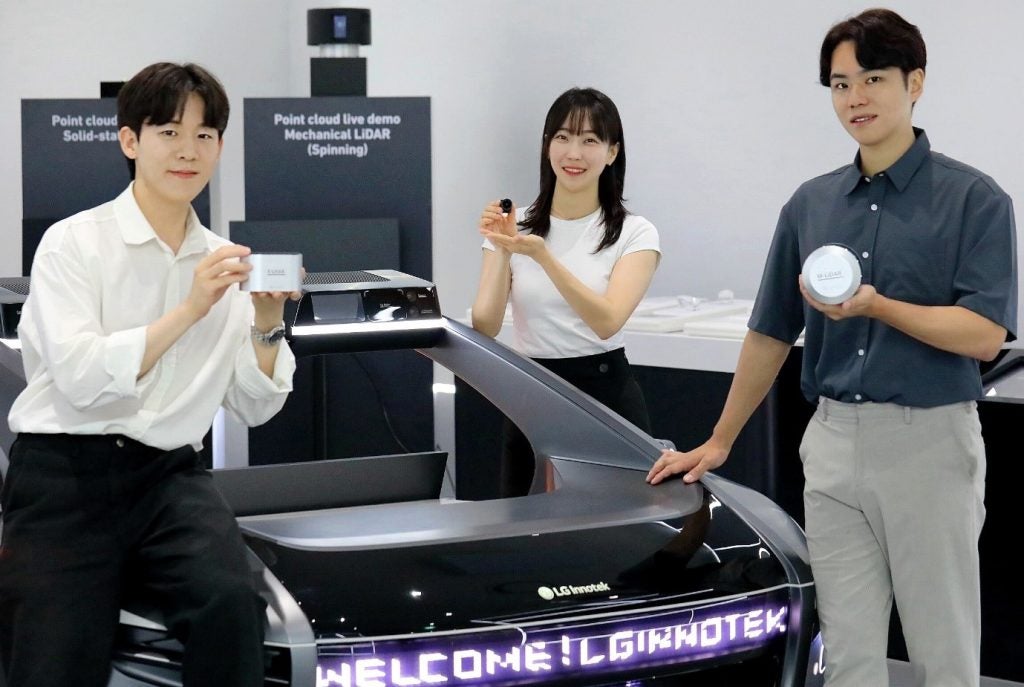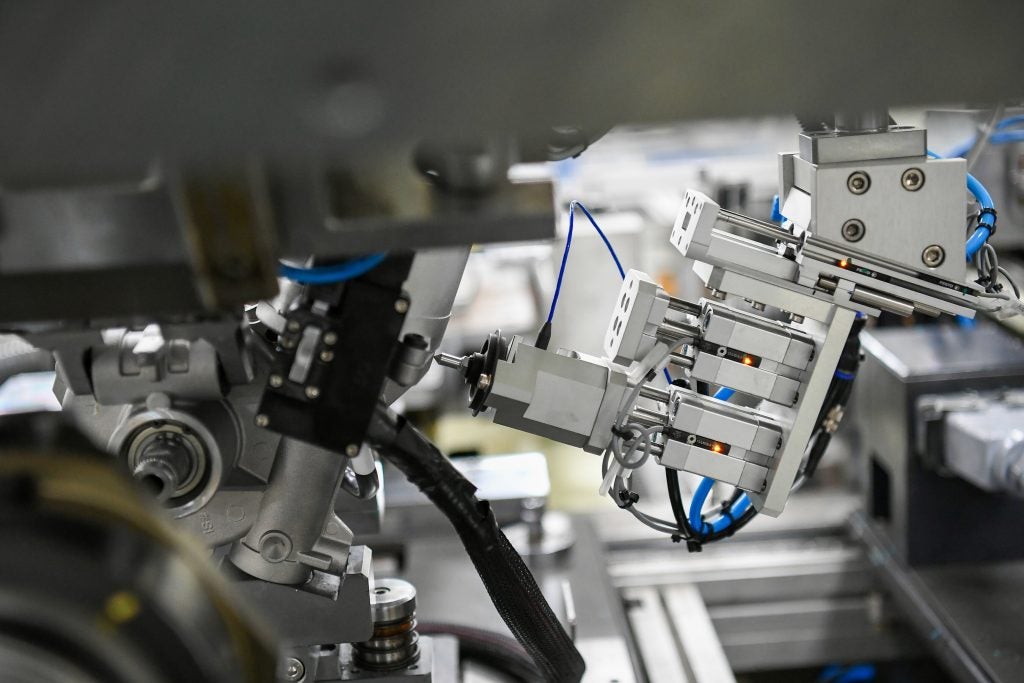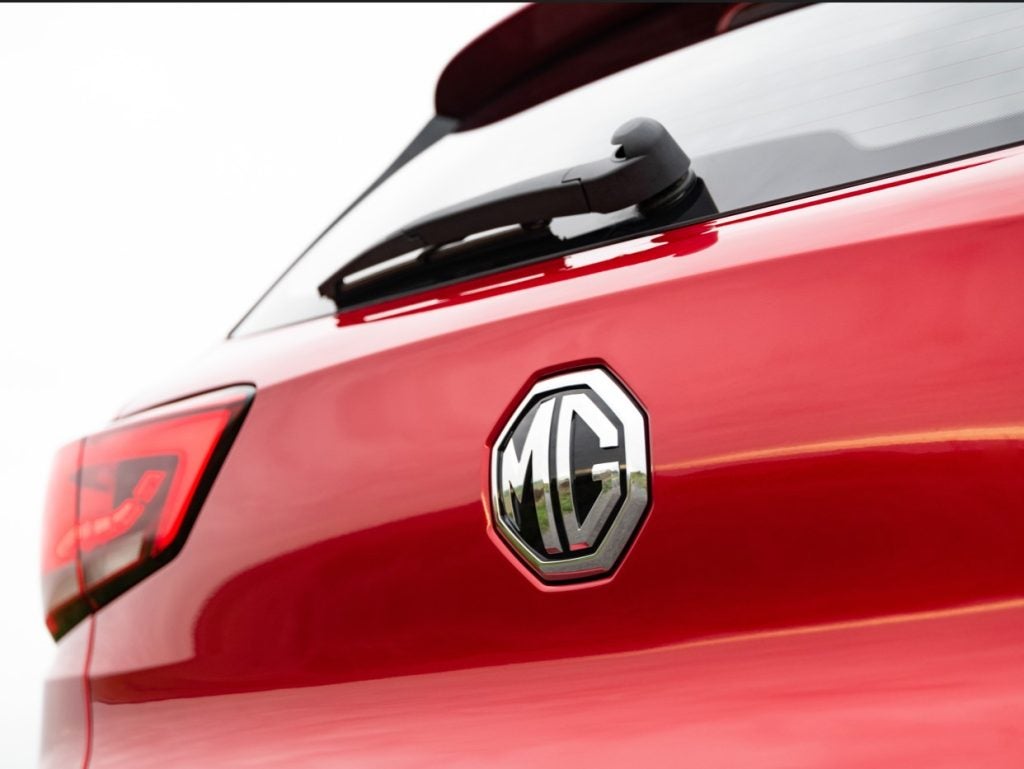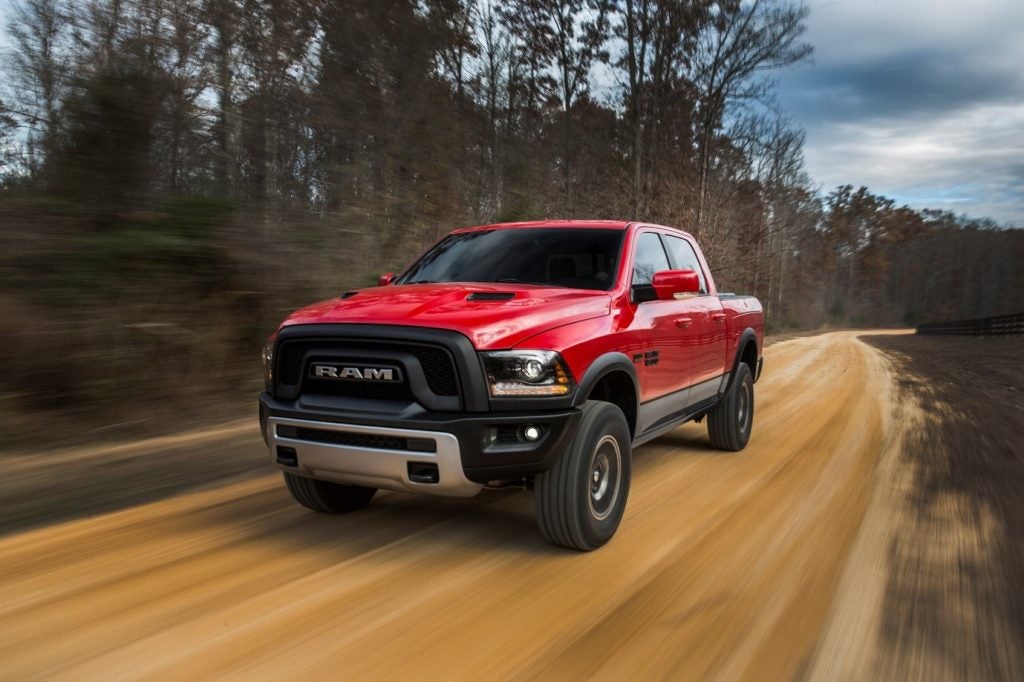The automotive industry continues to be a hotbed of innovation. Activity is driven by the need for enhanced driving, fuel efficiency and emission standards, and growing importance of technologies such as electric, connected and autonomous vehicles. In the last three years alone, there have been over 1.2 million patents filed and granted in the automotive industry, according to GlobalData’s report on Cloud in Automotive: EV discharge prediction. Buy the report here.
According to GlobalData’s Technology Foresights, which uses over 619,000 patents to analyse innovation intensity for the automotive industry, there are 290+ innovation areas that will shape the future of the industry.
EV discharge prediction is a key innovation area in cloud
When the EV is in driving mode, the battery goes through a discharge cycle, and when it is plugged in, it goes through a charge cycle. In electric vehicles, AI and cloud technologies are being utilised to estimate the remaining useful life of lithium-ion batteries.
GlobalData’s analysis also uncovers the companies at the forefront of each innovation area and assesses the potential reach and impact of their patenting activity across different applications and geographies. According to GlobalData, there are 100+ companies, spanning technology vendors, established automotive companies, and up-and-coming start-ups engaged in the development and application of EV discharge prediction.
Key players in EV discharge prediction – a disruptive innovation in the automotive industry
‘Application diversity’ measures the number of different applications identified for each relevant patentz. It broadly splits companies into either ‘niche’ or ‘diversified’ innovators.
‘Geographic reach’ refers to the number of different countries each relevant patent is registered in. It reflects the breadth of geographic application intended, ranging from ‘global’ to ‘local’.
Patent volumes related to EV discharge prediction
Source: GlobalData Patent Analytics
Toyota is a leading patent filer in the EV discharge prediction market with 456 patent applications. The company is testing out new ways to predict the lifespan of a lithium-ion battery using a machine learning model. The model can classify batteries as having a long or short life expectancy based solely on the first five charge and discharge cycles. Ford, Porsche Automobil and iRobot are among the other top patent filers in the same category.
To further understand how cloud is disrupting the automotive industry, access GlobalData’s latest thematic research report on Automotive.
Data Insights
From

The gold standard of business intelligence.
Blending expert knowledge with cutting-edge technology, GlobalData’s unrivalled proprietary data will enable you to decode what’s happening in your market. You can make better informed decisions and gain a future-proof advantage over your competitors.







